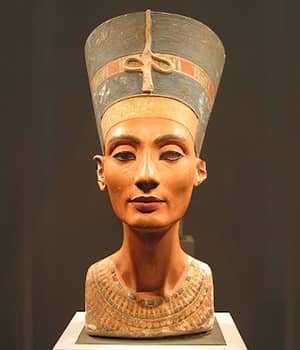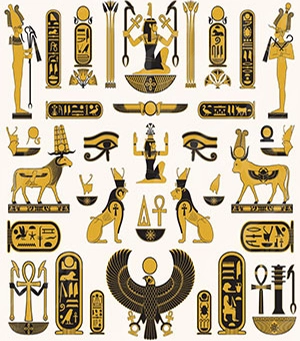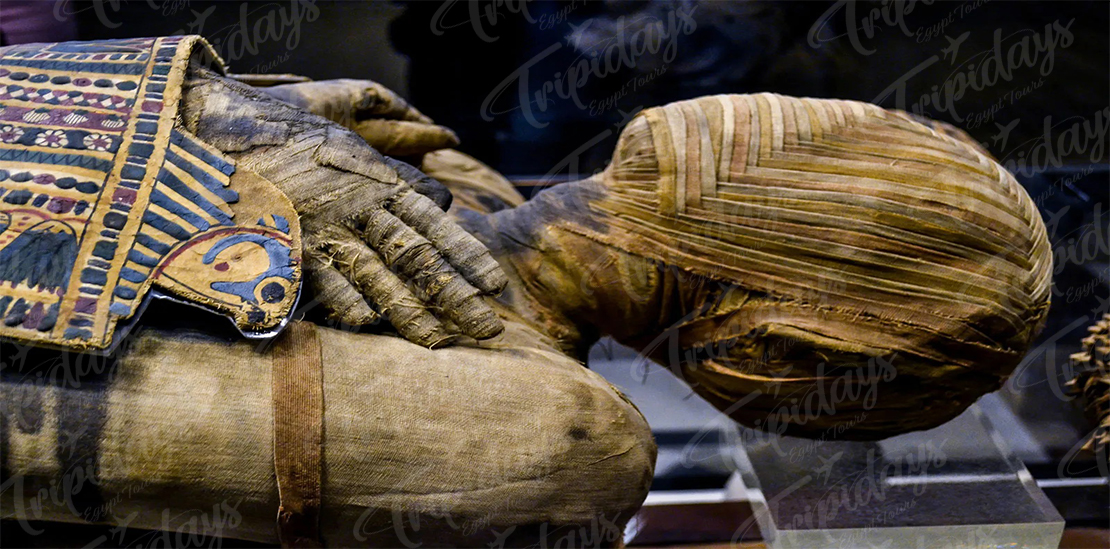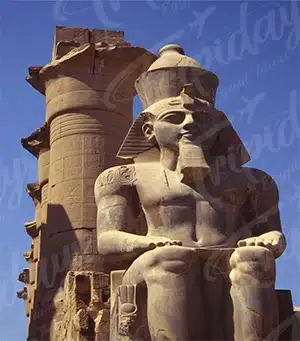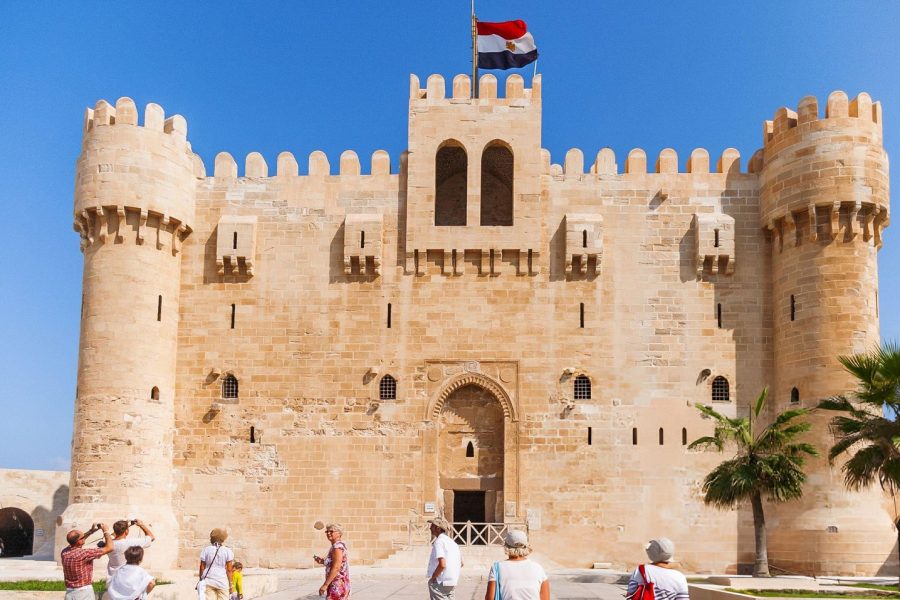Meidum Pyramid
When anybody mentions the word Pyramid, the Great Pyramid of Giza must be the first thing to pop into your mind since it is one of the Seven Wonders of the World. But did you know that there are more than 5000 Pyramids on Earth?! One of such pyramids is Meidum. We’ll discuss its collapse, its history, and how it was discovered in the following paragraphs of this article.
The Medium Pyramid, also known as the Pyramid of Meidum or the Medium Pyramid, stands as a testament to the awe-inspiring architectural achievements of ancient Egypt. Built by Pharaoh Snefru during the Old Kingdom, this pyramid has witnessed a complex history, including a mysterious collapse and subsequent attempts at restoration. This article will delve into the intriguing tale of the Meidum Pyramid, exploring its construction, collapse, and the enigma surrounding Snefru’s first pyramid.
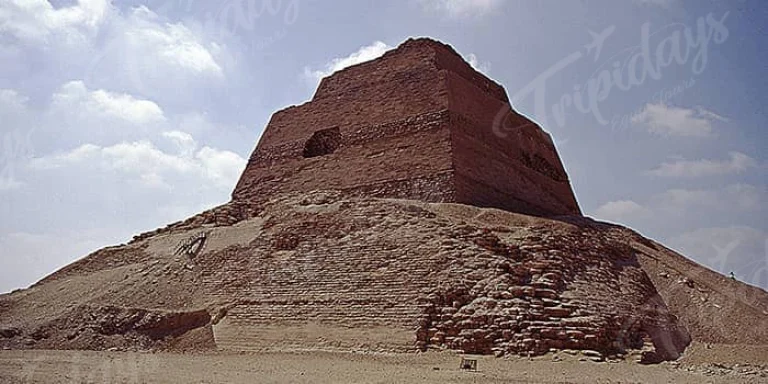
Where Did The Word Pyramid or Iginate?
Have you ever wondered about the origin of the word Pyramid? It actually comes from a Greek word, “Pyramid,” that is Wheat Cake, because that’s how the Pyramids looked to the Greeks when they saw them; they were actually called “Mer” in Ancient Egypt.
How Many Pyramids Exist in Egypt?
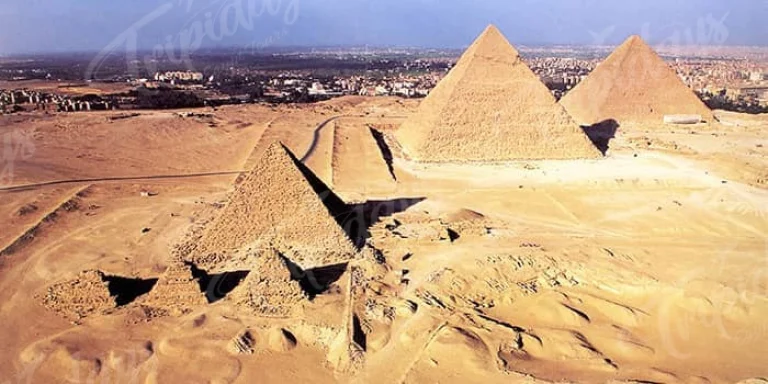
Egyptian Pyramids Facts
The pyramids weren’t built at first the way it is famous now; the first Pyramid ever built was named “The Step Pyramid” due to its shape. The Maydum Pyramid is probably the second one constructed ever after “The Step Pyramid” of King Djoser. This one was initially built for the Third Dynasty King Huni and was continued by Sneferu.
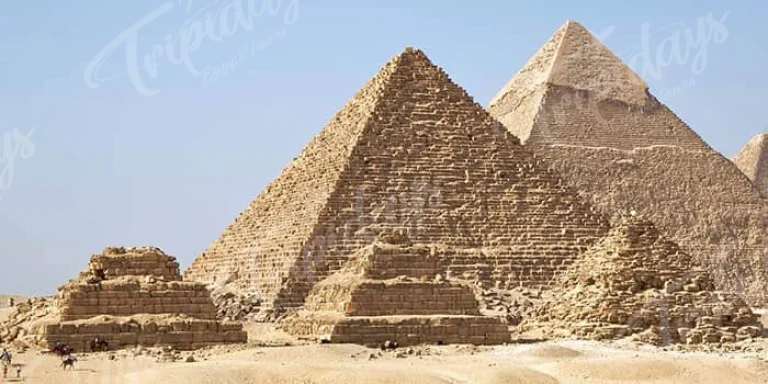
Where Was the Maidum Pyramid Built?
Medium Pyramid Construction & Height:
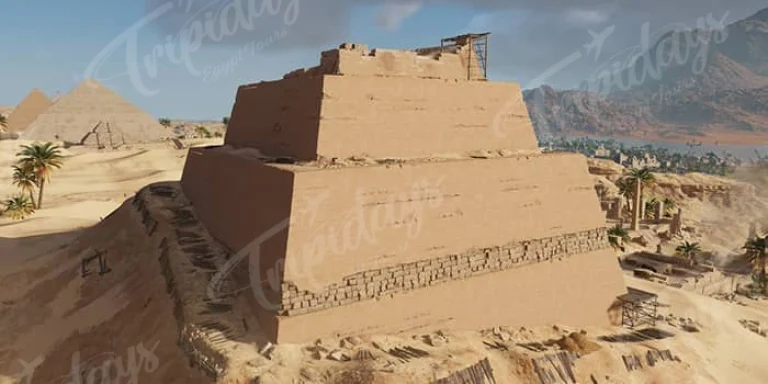
What is The Name of The Meidum Pyramid?
The Meidum Pyramid has a very unusual shape; that’s why it is famous with the name “El Haraam El Kadaab,” the Arabic word for Pseudo Pyramid.
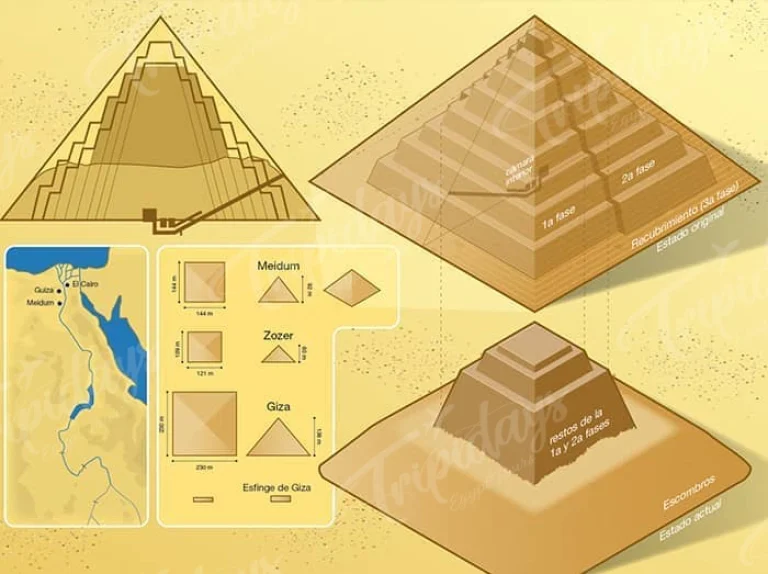
What is The Purpose of The Maidum Pyramid?
Medium Pyramid Legacy & Significance-
They built it first as a step Pyramid; then they tried filling the steps with limestone encasing, then it collapsed, and they believed that they stopped working on it as many of the insides weren’t even finished. Despite its collapse, the Meidum Pyramid continues to captivate historians, archaeologists, and visitors alike.
The architectural experimentation in its design and subsequent modifications paved the way for the evolution of pyramid construction in ancient Egypt. Snefru’s engineers learned valuable lessons from the Meidum Pyramid’s collapse, applying their newfound knowledge to successfully constructing subsequent pyramids, such as the Bent Pyramid and the Red Pyramid.
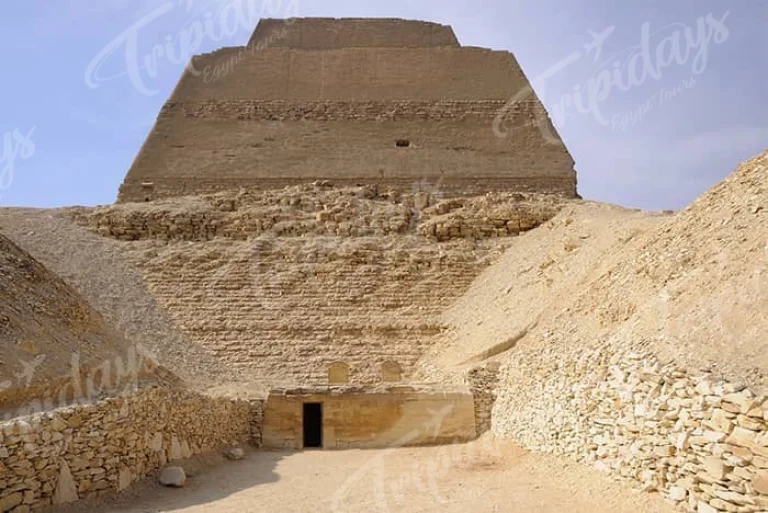
The Maydum Pyramid Facts
Who Discovered the Maydum Pyramid?
The remaining part of King Sneferu’s Pyramid is about 65 meters high; according to Flinders Petrie, the Pyramid was designed initially with the same dimensions and proportions as the Great Pyramid of Giza.
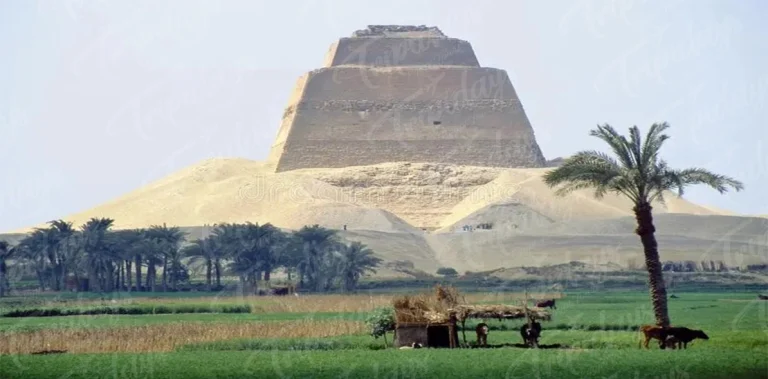
Who Built The Pyramid of Meidum?
It is said that the Meidum Pyramid belongs to King Sneferu, not Huni, his father, because his name wasn’t mentioned in an inscription inside the Pyramid. It is more likely to be built by King Sneferu, the father of King Cheops.
Original Shape of The Collapsed Pyramid at Meidum
The uncertain facts about the collapse and the original shape of this Pyramid are what make it unique.
What Shape Was The Pyramid at Meidum?
When Napoleon investigated Egypt in 1799, he said that it was three steps Pyramid, the same as the present time, while the historian Al Maqrizi (1364-1442) said it looked like a stepped stepped-mountain, that’s why we aren’t sure about the time it collapsed it, or if it collapsed several times.
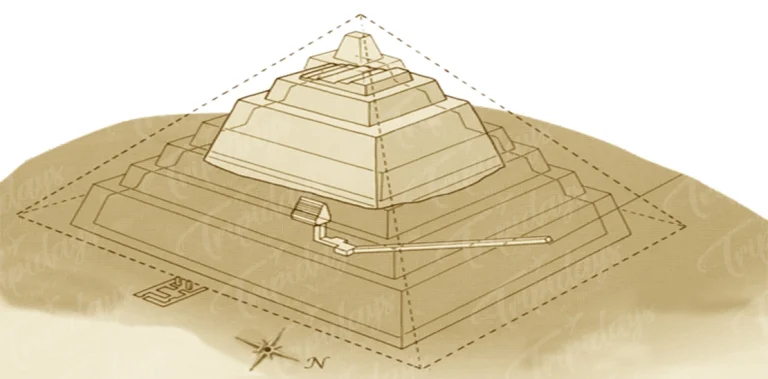
The Collapse
Medium Pyramid Collapse & Restoration
It is believed that the medium pyramid partially collapsed in ancient times while building due to construction errors. The best part about history is that there is always more to be discovered; several theories can be made, but it is hard to be certain.
Tragically, the Meidum Pyramid suffered a catastrophic collapse during or shortly after its construction. The reasons behind the collapse remain uncertain, with theories ranging from structural weaknesses to the instability of the desert ground on which it was built. The collapse left the pyramid in ruins, transforming it into what is known today as the Collapsed Pyramid at Meidum.
In later years, during the 12th Dynasty, Pharaoh Amenemhat III attempted to restore the Meidum Pyramid. His engineers constructed an outer limestone casing around the existing structure to stabilize and strengthen it. However, their efforts fell short of restoring the pyramid to its original glory.
Conclusion
The Meidum Pyramid is a striking example of ancient Egyptian architecture and the ambition of Pharaoh Snefru. Despite its turbulent history, including collapse and attempted restoration, it remains a testament to the perseverance and ingenuity of the ancient Egyptians. Today, it serves as a reminder of the ever-present mysteries that shroud the civilization that once thrived along the banks of the Nile.


